New Trends in Russian Political Mentality
New Trends in Russian Political Mentality
Putin 3.0
Edited by Elena Shestopal
lexington books
Lanham Boulder New York London
Published by Lexington Books
An imprint of The Rowman & Littlefield Publishing Group, Inc.
4501 Forbes Boulevard, Suite 200, Lanham, Maryland 20706
www.rowman.com
Unit A, Whitacre Mews, 26-34 Stannary Street, London SE11 4AB
Copyright 2016 by Lexington Books
All rights reserved. No part of this book may be reproduced in any form or by any electronic or mechanical means, including information storage and retrieval systems, without written permission from the publisher, except by a reviewer who may quote passages in a review.
British Library Cataloguing in Publication Information Available
Library of Congress Cataloging-in-Publication Data
Names: Shestopal, E. B. (Elena Borisovna) author.
Title: New trends in Russian political mentality : Putin 3.0 / Elena Shestopal.
Description: Lanham, Maryland : Lexington Books, [2015] | Includes bibliographical references and index.
Identifiers: LCCN 2015039404| ISBN 9781498514743 (cloth : alk. paper) | ISBN 9781498514750 (electronic)
Subjects: LCSH: Political cultureRussia (Federation) | Political psychologyRussia (Federation) | Putin, Vladimir Vladimirovich, 1952- | Russia (Federation)Politics and government21st century.
Classification: LCC JN6699.A15 S479 2015 | DDC 306.20947dc23 LC record available at http://lccn.loc.gov/2015039404
 The paper used in this publication meets the minimum requirements of American National Standard for Information SciencesPermanence of Paper for Printed Library Materials, ANSI/NISO Z39.48-1992.
The paper used in this publication meets the minimum requirements of American National Standard for Information SciencesPermanence of Paper for Printed Library Materials, ANSI/NISO Z39.48-1992.
Printed in the United States of America
Contents
Foreword
Andrey Yu. Shutov
This book is a result of the study that has been carried out for many years by a group of outstanding political scientists. They belong to a school of thought that was created fifteen years ago by Professor Elena Shestopal, head of the Chair of Sociology and Psychology of Politics at the Department of Political Science, Moscow State University. This school of thought is a remarkable phenomenon, and there are reasons for that. First, the emergence of an intellectual tradition is a rare thing in todays academic community that is growing increasingly project-based and overwhelmingly reliant on temporal research teams. New schools of thought are so scarce that many believe the concept is slowly dying out. Second, the transfer of knowledge and professional mastery from one generation of researchers to another becomes dependent on communication technology, with face-to-face interaction at conferences and seminars being disturbingly undervalued and minimized. The deep-rooted university tradition to share knowledge and experience directly is gradually being replaced by various substitutes which stress the role of computers and similar devices. I am delighted to believe Professor Shestopals school has successfully escaped these perilous innovations. Her chair is ruled by a truly creative spirit of joint work. It is imbued with the atmosphere of intense intellectual exploration and mutual supportthe atmosphere shared by both renowned professors and first-year doctoral students.
At the same time, this school of thought keeps pace with time: it actively evolves, adopts new theoretical frameworks and methodologies, and hones its research tools. The school is also advancing, in a variety of ways, its own research experience, communicating it to many national and global centers of political science.
Professor Elena Shestopal has played a major role both in organization of the study and promotion of its results. Her inexhaustible enthusiasm and vigor enable the team to establish, very promptly, strong cooperation links with international partners who now highly value both professional and personal contacts with Russian scholars. Suffice it to say that the chairs research events attract representatives of the worlds leading schools of political science. The conferences organized by this chair at Moscow State University are regularly attended by scholars from Belgium, Germany, Great Britain, the Netherlands, Denmark, Norway, Poland, the United States, Iran, Israel, Turkey, Japan, and other countries.
This book is published in the year of the fifteenth anniversary of the Chair of Sociology and Psychology of Politics. Certainly, it is an important event for Russias political science, and our department is going to celebrate it in a traditionally creative way: the book has been made ready for publication, a conference is going to take place, and the plans for the coming future look truly ambitious. All this testifies to the strength and the sense of purpose that have become the chairs recognized features.
This publication is something both uncommon and crucial for the landscape of Russias political science. The books contributors and Professor Shestopal, the editor, make a brave and unparalleled attempt to explore the images of Russias authorities in the minds of rank-and-file citizens. To that end, they perform an analysis of large empirical data. The political images in question have been studied by Elena Shestopal since the beginning of 1990s, which allows her to observe their dynamics, identify the major changes in the perception of Russias authorities, and give an assessment to Russias political system in general.
The images of Russias political leaders have traditionally been the focus of attention for scholars. The reason is as follows: Russias politics is highly personified. All these years the chair has been performing an ongoing study of the major actors in the countrys political arena. This allowed it to see the dynamics of the citizens attitude to the president, the chairman of the government, leaders of political parties, and leaders of opposition.
This book contains an in-depth analysis of the images of political leaders, but it also includes highly relevant data on the image dynamics of political parties. This is equally important, because the mid-2000s saw major changes in Russias political system. The development of electoral legislation, including the rules governing the party system, gave parties the leading role in forming the legislative branch. Political parties pushed aside the politicians who used to be elected in single-member constituencies. Today Russias political parties are getting prepared for the next State Duma election campaign. Their success heavily depends on the degree to which they will meet voters expectations.
This book also covers the image dynamics of the two parliamentary chambers and the state as such. The authors provide insightful observations about a number of subjects: the perception of the legislative authorities by Russian citizens; the public perception of the functions performed by the legislature in contemporary Russia; and the ideal image of the legislative branch in the eyes of citizens.
This book provides many interesting conclusions that will certainly allow a better understanding of the changes undergone by Russias political system. They will also explain the complex processes underlying the formation of Russias public authorities and describe the main regularities of their functioning. Though this publication presents the results of an in-depth and large-scale study, it can neither answer the entire array of important questions regarding the perception of Russias authorities nor give an unequivocal answer about the countrys political prospects. These goals require further work, meticulous collection and processing of large data, and considerable efforts in improving the methodology of political and psychological studies. However, Professor Shestopals team carried out enormous work that is likely to win profound respect of the academic community. The material included in this book will certainly greatly facilitate the understanding of the unique features of contemporary Russias historical path. I believe that the audience of this book will not be limited to our fellow scholars and students (political scientists, psychologists, sociologists, etc.). The subject matter discussed here is definitely going to capture the attention of readers outside the academic community. This book contains a variety of interestingly new and unusual ideas, research data, and conclusions. Altogether, they amount to an outstanding attempt to solve the perplexing puzzle of Russias authorities.
Next page
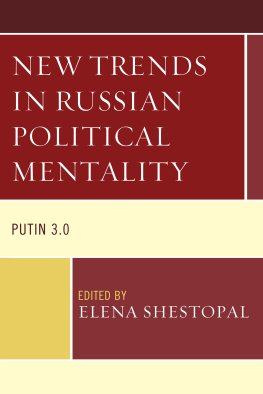

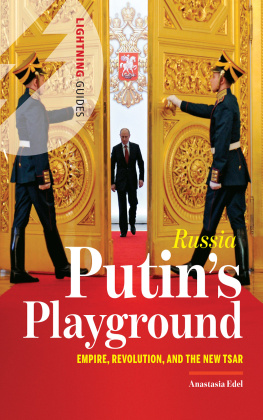
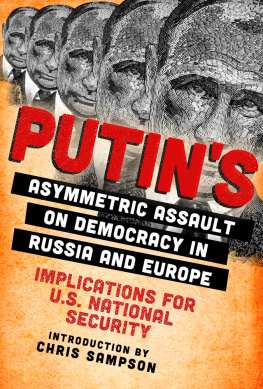
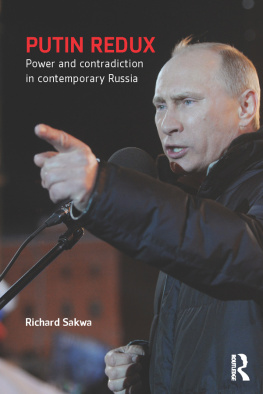
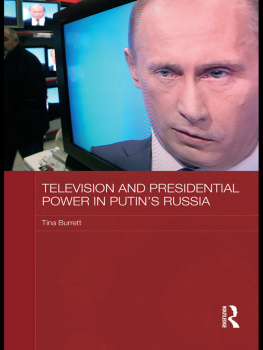
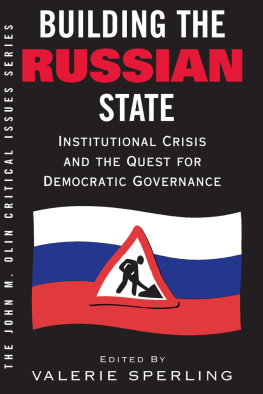
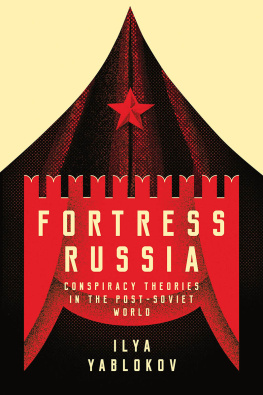
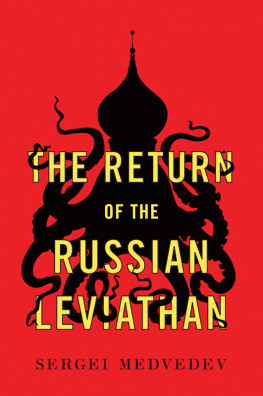
 The paper used in this publication meets the minimum requirements of American National Standard for Information SciencesPermanence of Paper for Printed Library Materials, ANSI/NISO Z39.48-1992.
The paper used in this publication meets the minimum requirements of American National Standard for Information SciencesPermanence of Paper for Printed Library Materials, ANSI/NISO Z39.48-1992.